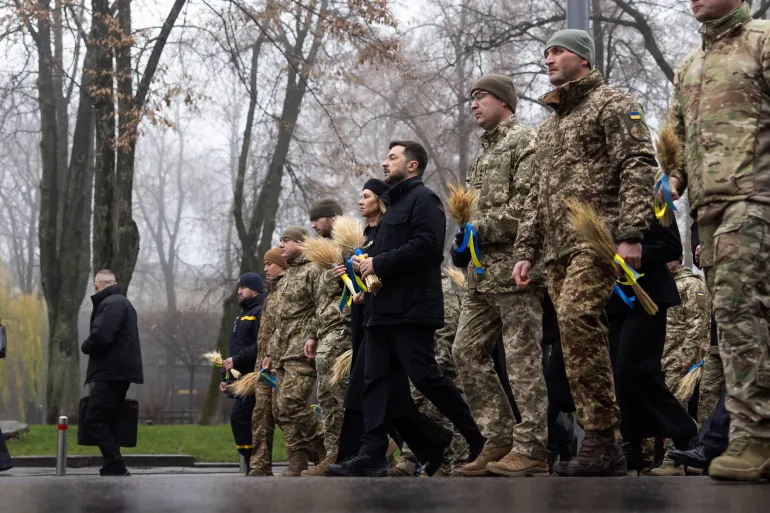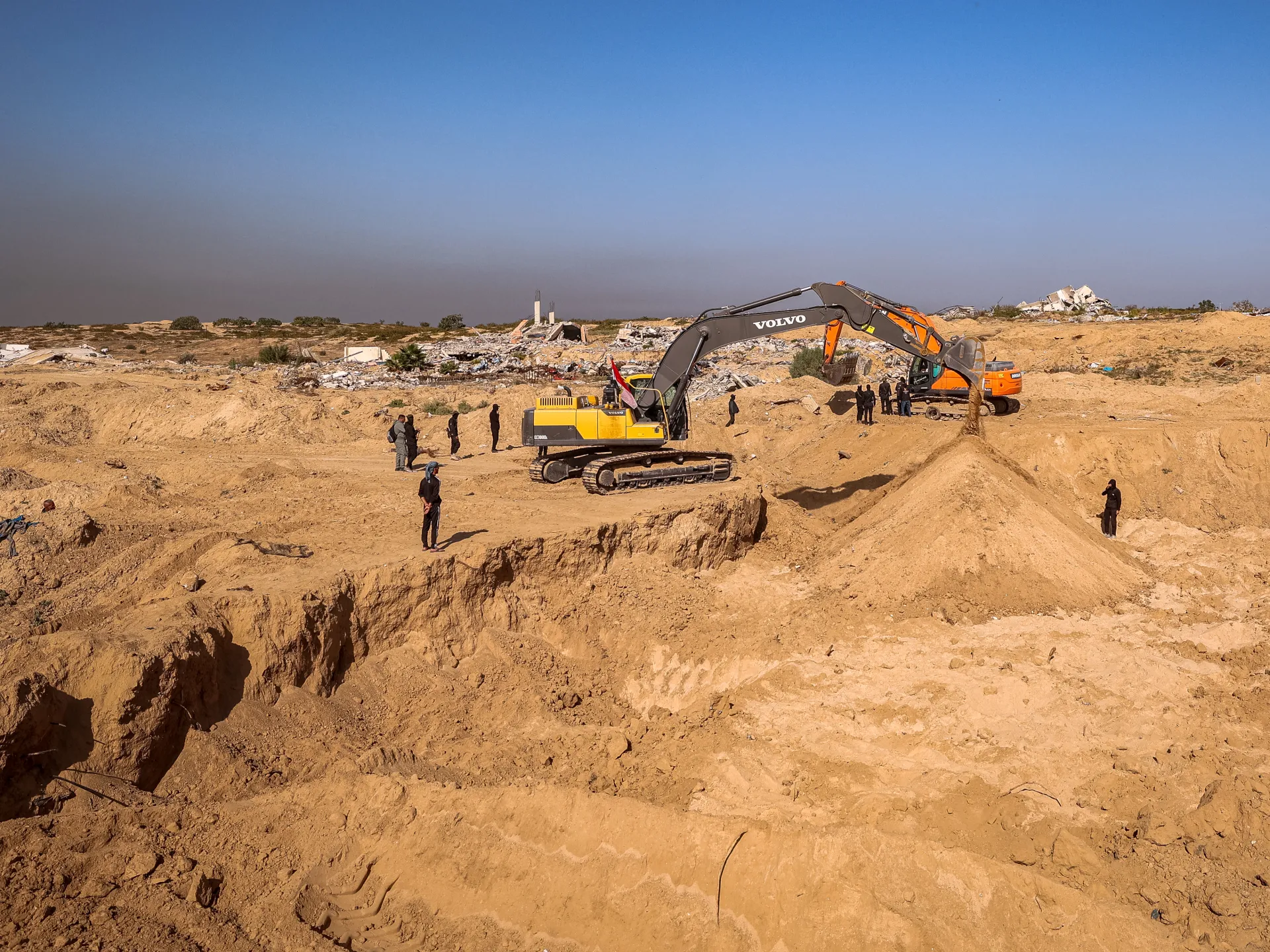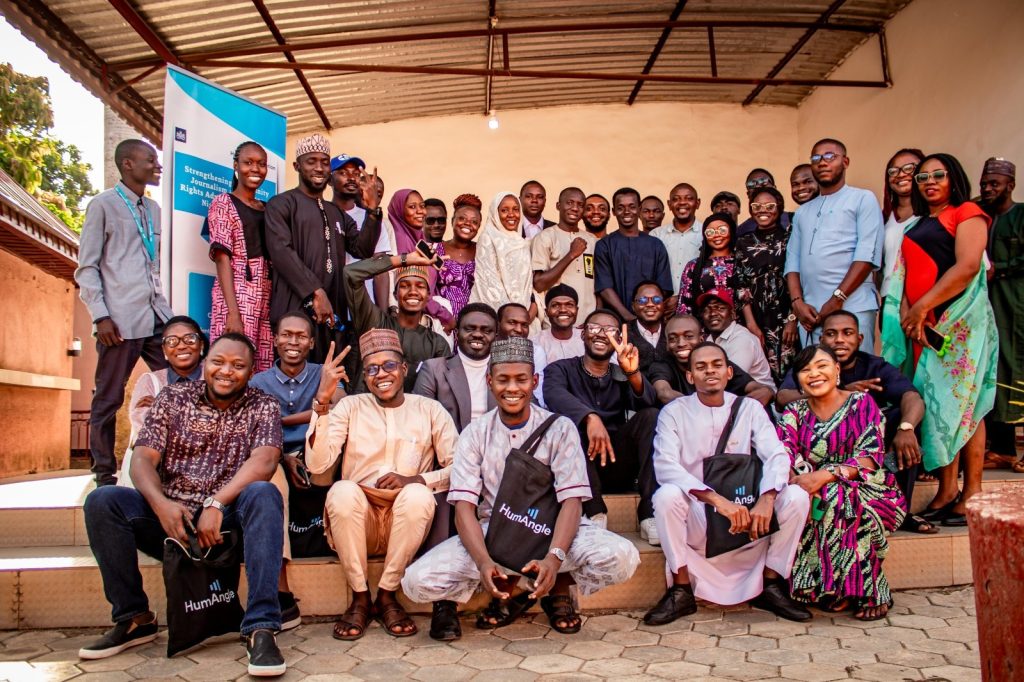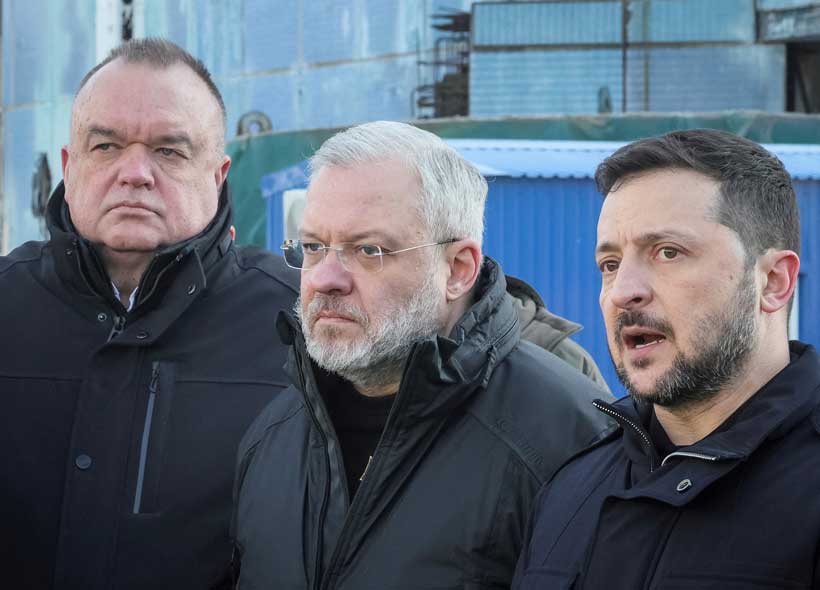Soldiers Take To Berlin’s Subway Tunnels To Train For Defending The City From Below
The operation begins in the subway tunnel, at Jungfernheide station, in the west of Berlin. Around 30 soldiers storm down the staircase, onto the platform, then jump onto the tracks. A machine-gunner sets up his weapon on the platform and puts his sights on the stationary subway train. The platoon leader signals his soldiers to approach the train. There are screams from the rear compartment, and suddenly the tunnel is filled with smoke. The sound of automatic gunfire rings out from inside the train.

Residents of the German capital making their way home using the subway network this week may have had a surprise. For three nights, Berlin-based soldiers from the German Army were conducting drills in the tunnels, practicing how to fight saboteurs and other urban warfare contingencies. These included training for urban and house-to-house fighting, as well as the protection of critical infrastructure.
On the one hand, the maneuvers were a throwback to the Cold War days of the then-divided city, when NATO special operations forces regularly prepared to face off a Warsaw Pact invasion. On the other hand, they reflect changing priorities for the German military, which is increasingly orienting itself toward a potential future conflict with Russia.

For three nights this week, between the hours of 1:00 a.m. and 4:00 a.m., around 250 soldiers from the 2nd and 3rd Companies of the German Army’s Wachbataillon (Guard Battalion), trained to fight in the city. As well as at Jungfernheide subway station, maneuvers took place at a decommissioned chemical plant in Rüdersdorf, and at Ruhleben “Fighting City,” which was a NATO training area in the Cold War, but is now used by the German police.
The scenarios involved in the Bollwerk Bärlin III exercise focused on combating saboteurs in the German capital. As well as eliminating hostile elements, the soldiers practiced securing and evacuating the wounded, which would include members of the city’s population of roughly 3.9 million.

While the Guard Battalion is best known for its ceremonial duties, including providing an honor guard for the visits of foreign dignitaries, it’s part of the German Armed Forces’ Joint Service Support Command and has an infantry combat role. For this mission, the soldiers swap out their 1930s-era Karabiner 98k bolt-action rifles for Heckler & Koch G36 assault rifles.

“We are training here because Berlin is our area of operation,” Lt. Col. Maik Teichgräber, commander of the Guard Battalion, told Die Welt newspaper. “In the event of tension or conflict, we protect the facilities of the federal government. And this is where they are located.”
“Ultimately, we have to think from the worst-case scenario,” Teichgräber continued. “It’s about being ready for whatever could happen in the worst-case scenario. Nothing is simulated down here. The terrain is as it is.”

By closing down part of the subway for the exercise, the Guard Battalion was able to practice in an entirely realistic environment, with confined spaces, poor visibility, and changing light.
In the scenario outlined at the start of this story, the battalion’s rapid response unit was called in once it was clear that enemy forces were on the subway train. The unit stormed the train, the carriages were secured, the enemy neutralized, and casualties among the friendly forces were evacuated. Throughout, the station was protected by additional forces positioned outside, including snipers.

Preparing to fight in the confines of subway stations and tunnels is a new development for the German Guard Battalion, but other nations are increasingly conducting similar maneuvers.
Earlier this year, TWZ reported on how Taiwanese forces use the Taipei subway to maneuver around the city of Taipei as part of a major annual exercise, named Han Kuang. In that particular case, the Taipei Metro could provide an inherently hardened means of moving troops and supplies around in the event of an invasion from the mainland, wherein key facilities above ground would be heavily targeted. Taiwan’s military already regularly trains for urban warfare, which would be a central feature of any future conflict with the People’s Republic of China, especially in Taipei.

Like in Germany, Taiwan’s military is putting a new emphasis on whole-of-society defense readiness, rather than just that of the armed forces.
Elsewhere, too, the challenges of fighting underground are becoming a more relevant topic.
The U.S. military has put a premium on this kind of warfare, especially for its special operations forces, not only due to the kinds of fortified structures that potential enemies have built, but also the fact that future wars will most likely be fought in megacities.
At the same time, the advent of large numbers of drones on the battlefield, and especially the introduction of autonomy, are further factors that will likely push conventional forces to move underground, if possible, on future battlefields.
During the Cold War, the NATO forces in West Berlin — American, British, and French — regularly trained in urban warfare, to be ready to try and slow down any Warsaw Pact move against the city, isolated 200 miles deep in East German territory. During this time, there was no West German military presence permitted in the city. Given the difficulty of reinforcing West Berlin and the overwhelming numbers of Warsaw Pact forces surrounding it, holding the city for any length of time was never a realistic proposition.
Instead, NATO would have relied primarily on special forces units, like the U.S. Army’s secretive Detachment “A,” the existence of which wasn’t formally disclosed until 2014. Trained in unconventional warfare, clandestine operations, sabotage, and more, it would have sent small teams across the city and deeper into Warsaw Pact-held territory to cause havoc should hostilities break out. It ceased operations in 1984.

Starting with the Battle of Berlin in 1945, during which the Soviets took the German capital from the Nazis, including via house-to-house fighting, the city was characterized by its military presence and strategic status. Flashpoints during the Cold War included the Berlin Airlift, when Stalin attempted to force the Western allies to give up their portions of the city, and the 1961 Berlin Crisis, when Soviet and U.S. tanks stood off at Checkpoint Charlie, leading to the partition of the city and the construction of the Berlin Wall.

It’s worth noting, too, that during the Cold War, certain stations within the West Berlin subway network were constructed specifically with civil defense in mind. The stations at Pankstraße and Siemensdamm (on the same U7 line as Jungfernheide) were prepared as so-called Multi-Purpose Facilities, with blast doors, a filtered ventilation system, and emergency supplies. In case of nuclear attack, each could serve as a fallout shelter for more than 3,000 people over a two-week period. Today, the Pankstraße facility is protected as a historic monument, but Germany, overall, is increasingly looking at reactivating Cold War-era civil defense infrastructure.

By 1994, however, the Cold War was over, and the last military occupying forces had left the city.
The fact that the German military is once again training to fight in the city is a measure of how much the security situation has changed.
By 2029, Germany is expected to spend €153 billion (around $176 billion) a year on defense, equivalent to around 3.5 percent of GDP. This amounts to the biggest military expansion since reunification, putting it ahead of France in terms of defense spending.

Speaking at a Berlin security conference earlier this week, U.S. Ambassador to NATO Matthew Whitaker said it was America’s “aspirational goal” that Germany take over command of NATO forces in Europe, given the country’s defense spending plans. That would be an unprecedented move, since the role of Supreme Allied Commander Europe (SACEUR) has always been held by a U.S. four-star general.
By most measures, Germany is probably far from being ready to assume command of the alliance, but, in the meantime, it is starting to prepare its military for new kinds of contingencies.
“What is happening 900 kilometers [560 miles] east of us is reality,” said Teichgräber, speaking at the Bollwerk Bärlin III exercise, and reflecting on Russia’s full-scale invasion of Ukraine. “No one can say whether this will eventually affect Germany. But we must be prepared.”
Contact the author: [email protected]





















































